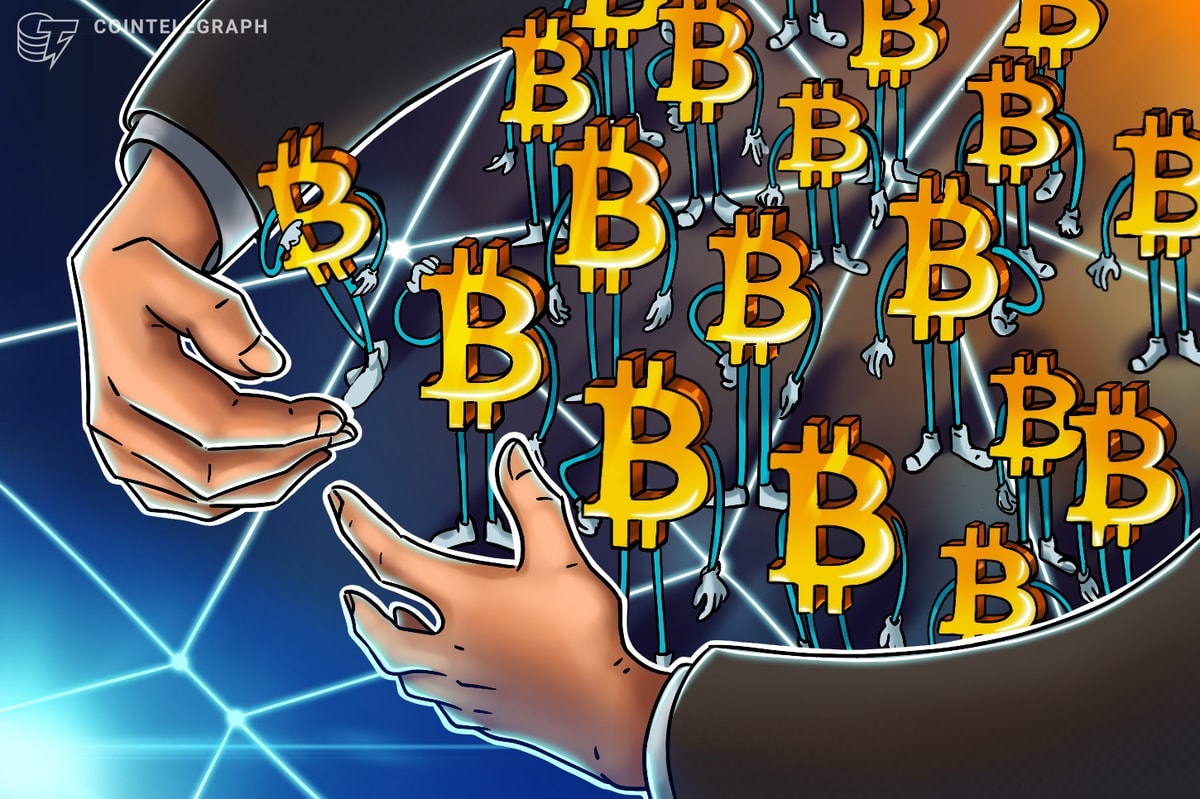There is a very real question that needs desperate attention. When the Silk Road was taken down last year the media talked for weeks about how easy it was for criminals to use cryptocurrencies either when they are buying illegal drugs online or when they need to launder ill-gotten gains. The reports are usually full of doom and gloom that predict the end of civilization as we know it unless we can get control of this currency. The question is: Is Bitcoin really a criminal's dream?
Where do the criminals really go?
The fact is however that the most misused currency in the world is the US $100 bill. This one bank note accounts for 80% of all the US currency in the world (about $1 trillion USD).
In 2012, one of the largest banks in the world, HSBC, was caught by US law enforcement laundering money for drug cartels in Latin America and terrorist groups in the Middle East. The bank was so bold that it had special deposit windows made large enough for the cartels to fit in large bags of $100 bills.

- Stuart Gulliver, the HSBC's chief executive at the moment of the scandal
The bank laundered hundreds of billions of dollars for criminals over a period of several years and not one bank employee went to jail or even had to face trial. The bank was allowed to pay a nominal fine that amounted to just a small fraction of the profits it generated. This incident alone dwarfs the amount of cryptocurrencies used in criminal activities. The largest seizure so far of cryptocurrencies has been the Silk Road bust which only amounted to US$25 million. HSBC Board members probably spent that much on lunch.
There is a reason that drug dealers and other criminals do not accept credit cards. Electronic charges can be traced and no one wants a charge for the local hooker or pot dealer on their bank statement. Criminals take cash simply because a $100 bill is untraceable in almost all but the most unusual circumstances. This can be best explained by David Cohen, undersecretary for terrorism and financial intelligence at the U.S. Treasury Department. Cohen states:
“Terrorists generally need ‘real’ currency, not virtual currency, to pay their expenses -– such as salaries, bribes, weapons, travel, and safe houses. The same is true for those seeking to evade sanctions.’’
Joaquin “El Chapo” Guzman, one of the most notorious drug lord’s in the Western Hemisphere was said to have accumulated more than US$1 billion in personal assets. It is very unlikely that El Chapo buried his savings in coffee cans in the back yard and after he was arrested there was no indication that any of his illegal funds were in Bitcoin. These people take $100 bills from customers, launder it through many different channels and either deposit or invest it in legitimate businesses.
There is little doubt that cryptocurrencies will be used by criminals at some level to launder money. But if they do it will only be because this offers another way, not because it is safer or easier. We cannot ignore that large scale criminal operations already have effective money laundering schemes in operation that work in plain sight and are nearly untraceable.
A good example of this is the Black Market Columbian Peso Exchange, which the US Drug Enforcement Administration calls the “largest drug money laundering mechanism in the Western Hemisphere. This system has been in operation since at least the early 1990’s. It began after Columbian business people began to need US dollars to import international goods and the Columbian governments exchange fees were exorbitant.
It did not take long for a black market peso exchange to develop that offered lower rates and shortly after that the drug cartels realized it value as well. This is just an example of the many different ways to launder fiat currencies. Criminals also use offshore banks, legitimate business investment, shell companies, and “smurfing” or structuring deposits.
The Major Media Fumble: Invisible Counterfeiting
The United States Secret Service estimates that about US$600 billion in counterfeit fiat US currency is in circulation at any one time. Now this is the case despite the best efforts to curb the problem and regardless of the several high-tech design changes in the new $5-$100 bills.
In Italy there is an entire town, Giugliano in Campania that is considered the European counterfeit capital with the 500 Euro note being “favored by criminal gangs because a cool million-worth of them can fit into a briefcase,” according to Newsweek.
And there is an excellent reason why there are no media reports about criminals counterfeiting Bitcoin. Because of the way Bitcoin is created, counterfeiting is impossible. You just have to understand that there is nothing to counterfeit with Bitcoin, no physical medium. Bitcoin is simply a list of transactions. This means “counterfeiting” Bitcoin requires spending a single Bitcoin, or division of a Bitcoin, more than one time. While this “double spending” was possible before Bitcoin, the problem was solved by Satoshi using the Proof-of-work protocol.
Even though counterfeiting fiat currencies is a huge global problem - so huge that sometimes even governments are suspected of counterfeiting the currency of other countries (Iran has been charged on several occasions with sponsoring this type of activities) - despite this obvious vulnerability in the fiat currency paradigm however, no government has ever suggested eliminating fiat currency for a more secure digital currency.
This is especially troubling when you consider that cryptocurrencies have the potential to nearly eliminate the counterfeiting of currency. The Justice Department has recognized the potential of Bitcoin in this respect. Mythili Raman, acting assistant attorney general for the department's criminal division, said in testimony before the Senate Homeland Security and Government Affairs Committee:
"The Department of Justice recognizes that many virtual currency systems offer legitimate financial services and have the potential to promote more efficient global commerce, […]"
Federal Reserve Chairman Ben Bernanke also supported the idea in a letter to the Committee which said in part that virtual currency:
"[…] may hold long-term promise, particularly if the innovations promote a faster, more secure, and more efficient payment system."
This seems to be a show of support from the very people who should be the most concerned about the potential for virtual currencies to be misused. Unfortunately, these sentiments from public officials are never emphasized by the media and are rarely turned into a news story.
Bitcoin is essentially impossible to counterfeit but it may also be impossible to steal as well. While hackers are difficult to stop it might be possible for Bitcoin programmers to add “blacklisting” to Bitcoin’s features. The features would allow users to log stolen Bitcoins into the blockchain as stolen. If someone tries to spend these Bitcoins they would be identified to the people they are spending with.
The idea was recently suggested by a commentator at a NXT webcast on August 17, 2014. While the idea seems farfetched, it is certainly worth considering as a possibility in comparison to fiat currency where this would not be feasible.
Police and government officials whose job it is to track and prevent crimes have openly stated that Bitcoin is no more likely, and in most cases, very unlikely, to be used by criminals in large amounts while no one denies that fiat currencies are much easier for criminals to use than cryptocurrencies for a large number of reasons.
Anyone can only guess as to why the media always seems to present Bitcoin as a threat to the economy or society in general but all it takes is for a person to look at the facts to understand that that the good ole US dollar and other fiat money completely dwarf cryptocurrencies as far as crime is concerned.
Did you enjoy this article? You may also be interested in reading these ones:
New Report Challenges Canada’s BTC Regulations, Finance Dept Memo
“Bitcoin: The Stripe perspective” is the view that will render Bitcoin Useless
Help Cointelegraph tell the World Health Organization to accept bitcoin to fight Ebola! They have no reason not to take it!









